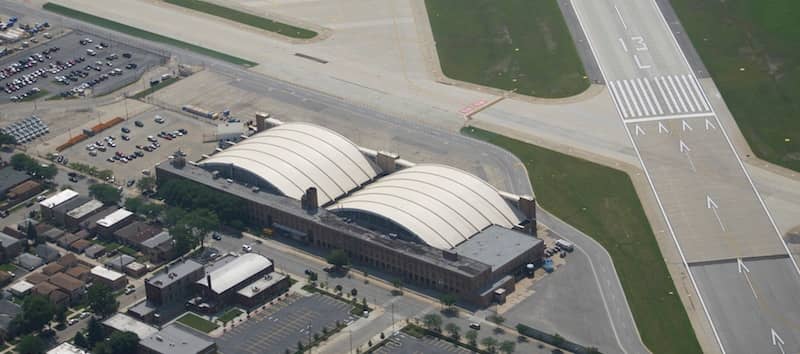 Both roofing systems and the structures they protect need to be resilient against numerous situations, including natural weather events like hurricanes. Hurricane Katrina brought disaster to the Gulf Coast, disaster that could have been minimized through the implementation of stronger building codes. Had stronger building codes been in place prior to the arrival of Hurricane Katrina, it is estimated that wind damage would have been reduced by 80%.
Both roofing systems and the structures they protect need to be resilient against numerous situations, including natural weather events like hurricanes. Hurricane Katrina brought disaster to the Gulf Coast, disaster that could have been minimized through the implementation of stronger building codes. Had stronger building codes been in place prior to the arrival of Hurricane Katrina, it is estimated that wind damage would have been reduced by 80%.
As natural disasters can occur at virtually any moment, improvements to infrastructure resiliency is of the utmost importance. Risk management strategies can help to reduce loss of property and life during extreme situations as well as reduce overall recovery time for a region. Buildings must following modern building codes when constructed and then continue to undergo updates as codes change in order to ensure rapid recovery post-disaster.
The design and development of roofing systems has also changed over the years due to several different severe weather events. For example, Hurricane Andrew resulted in a 30 mph increase in the minimum wind speed for wind-design standards across the United States. Additionally, enhanced uplift design testing and wind-borne debris standards were put in place by some coastal communities. In areas where extreme heat may occur, cool roofing standards have been put in place to help protect the occupants of city buildings.
The proper roof design also offers opportunity for increased access to auxiliary power and clean drinking water in events where buildings are isolated from traditional sources. Generally, locating power and water sources on rooftops is more effective as storm surges can threaten basement utility systems. Thermal roofing systems are also ideal when heating and cooling plants are not able to function properly for extended periods of time. These roofing systems can help regulate building temperature and ensure occupants are comfortable. Other potential design elements can include:
- Solar panels
- Wind turbines
- Increasing water and snow loads
- Increased insulation
In order to ensure that roofs are up to code and performing to the best of their ability, manufacturers and contractors will have to work hand in hand. Manufacturers should host contractor trainings when new installation techniques are developed in order to optimize product value and performance. Design elements and performance should be integrated to reduce both long-term costs and disruptions in general.
Are there other ways you can increase your building and roof resiliency? Tell us about it in the comments.
The information in the article is based off of knowledge from Metal Era.
-1.png?width=500&height=271&name=FiberTite_Only%20(500px%20wide)-1.png)


-1.png)